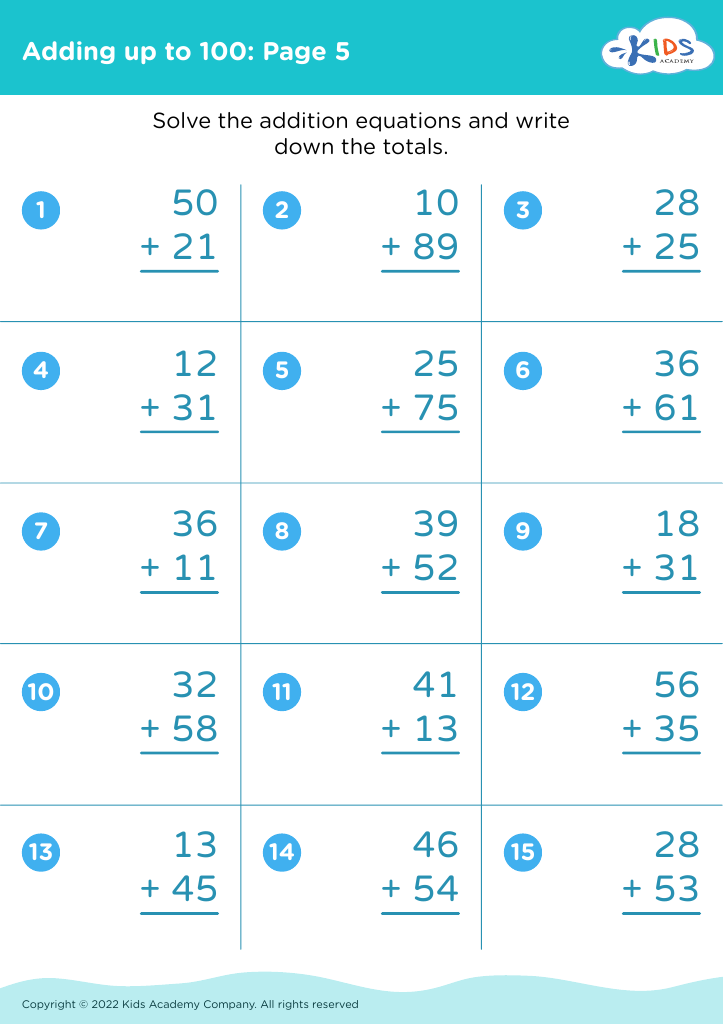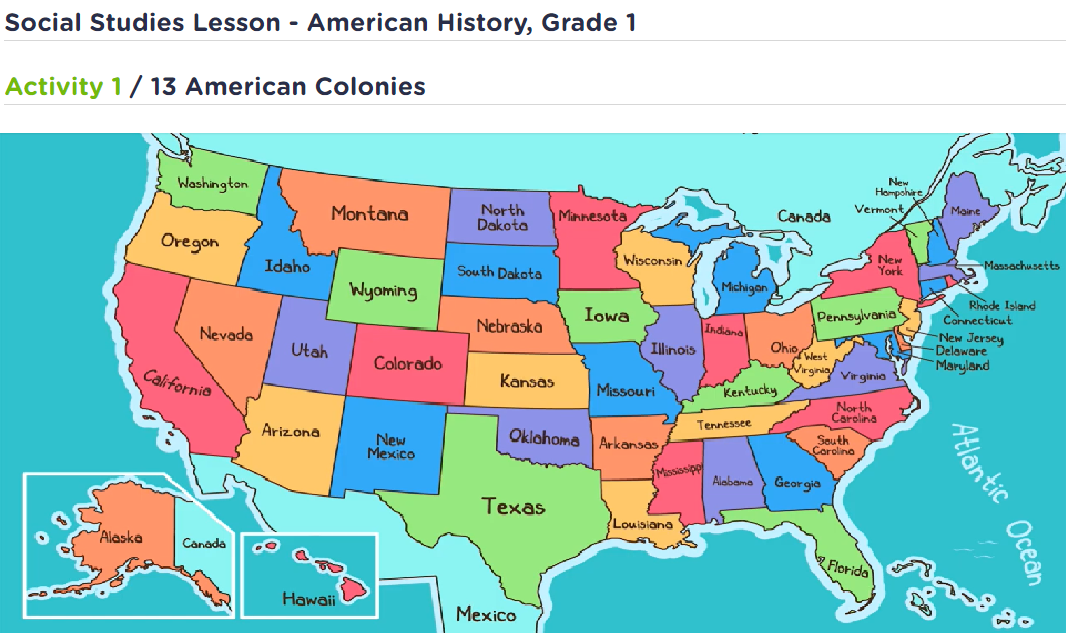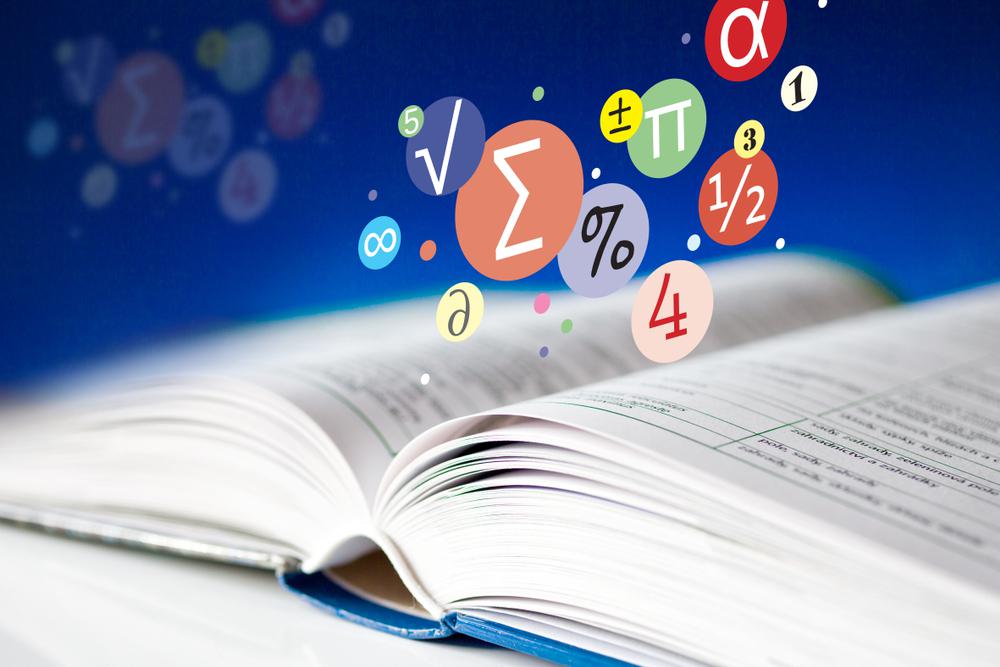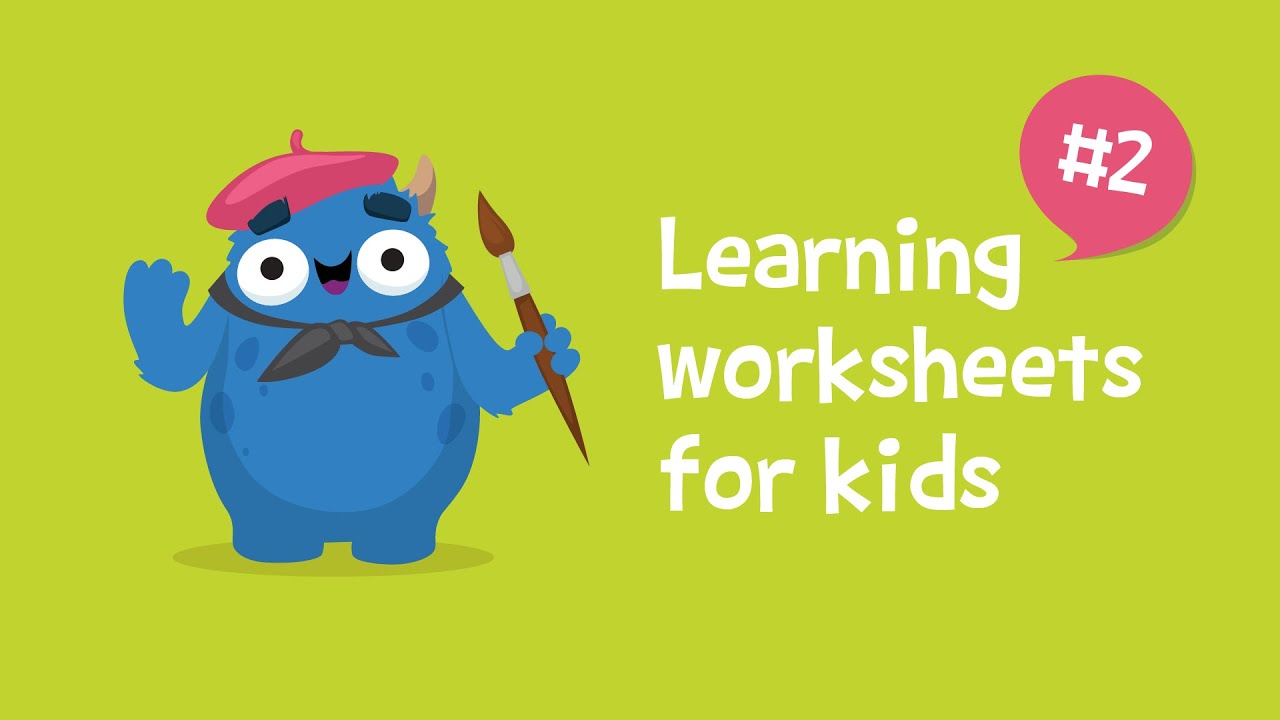Motor skills Math Worksheets for Ages 6-8
3 filtered results
-
From - To
Enhance your child's mathematical learning experience with our engaging Motor Skills Math Worksheets for ages 6-8! Designed to foster both fine motor skills and mathematical understanding, these worksheets combine fun activities with essential math concepts. From tracing numbers to solving simple equations, each worksheet promotes hand-eye coordination and dexterity while reinforcing foundational math skills. Ideal for at-home learning or classroom activities, our printable resources are tailored to capture the attention of young learners. Encourage your child to develop confidence in math while improving their motor skills through enjoyable and interactive tasks. Explore our collection and watch them thrive!


Help the Warthog Count the Grubs Worksheet


Gingerbread Man Geometry Maze Worksheet
Parents and teachers should prioritize motor skills math for children ages 6-8 because this developmental stage is crucial for laying the foundation of both physical and cognitive abilities. During these years, kids are refining their fine and gross motor skills, which directly influence their ability to engage with mathematical concepts. Activities that combine motor skills and math—such as counting blocks, measuring ingredients for a recipe, or drawing shapes—make learning interactive and enjoyable. This sensory approach helps to solidify mathematical understanding by connecting abstract concepts to tangible experiences.
Furthermore, developing motor skills enhances hand-eye coordination, spatial awareness, and critical thinking, all of which are essential for problem-solving in math. Engaging children in hands-on activities fosters a love for learning and diminishes math anxiety, contributing to a positive outlook on the subject.
Additionally, incorporating motor skills into math lessons caters to diverse learning styles. Kinesthetic learners, in particular, thrive in environments that allow them to move as they learn. Overall, fostering motor skills math not only supports academic achievement but also promotes overall physical development, creating confident, well-rounded learners who are prepared for future challenges.

 Assign to My Students
Assign to My Students





















